The Strategic Advantage of Wall Maps in Modern Business
In an age where digital tools dominate our workspaces, the humble wall map might seem like a relic of the past. However, for many businesses, wall maps continue to offer unique benefits that digital solutions can't fully replicate. Here’s why wall maps are still an invaluable asset in a business environment:
Wall maps serve as a constant visual reminder of a company's geographical scope. Whether it's understanding the spread of your customer base, tracking the logistics of supply chains, or planning market expansion, having this information in plain sight can keep strategic goals at the forefront of daily operations. It’s one thing to click through a digital map; it's another to have an expansive view that everyone in the office can see and discuss.
One of the primary benefits of wall maps in business is their role in enhancing communication and collaboration. During meetings, a wall map can become the focal point for discussions, making it easier to discuss territorial strategies, sales performance, or new market opportunities. It encourages a team to think spatially, fostering a shared understanding of where the business stands in relation to its market.
Wall maps also act as educational tools within the company. They can be used to train new employees on the company's operational areas, market demographics, or even cultural nuances of different regions. This visual learning aid can accelerate the onboarding process and help instill a sense of the company's global or regional footprint.
For businesses with physical locations or service areas, wall maps provide a quick reference for operational decisions. Managers can instantly assess distances, plan routes, or visualize service coverage, leading to more efficient resource allocation. For instance, in real estate or franchising, a wall map can highlight which areas are performing better or where there might be an opportunity for growth.
The tactile nature of wall maps can also spark creativity and strategic thinking in ways digital maps might not. There's something about the physical act of marking up a map, drawing lines, or adding pins that engages people differently. It allows for spontaneous brainstorming sessions where strategies can be visualized in real-time, turning abstract ideas into concrete plans.
Moreover, wall maps can be customized to reflect specific business needs. They can be layered with data relevant to the company, like sales territories, competitor locations, or demographic information, providing a tailored visual strategy tool. This customization can lead to insights that might be missed in more generalized digital data representations.
In terms of motivation, seeing one's work or achievements mapped out can be incredibly fulfilling. Sales teams, for example, might find motivation in seeing their territories light up with successes or identifying areas for improvement. Similarly, in project management or logistics, marking completed projects or optimized routes on a map can visually represent progress and success.
Wall maps also have the advantage of being always accessible without the need for technology. In the event of digital system failures or during power outages, a wall map remains a reliable source of information, ensuring business continuity.
Finally, there’s an aesthetic and branding aspect to wall maps. A well-designed map can reflect the company’s identity, history, or vision for the future. It can be a point of pride in the office, symbolizing the company's reach and ambition, and serving as a conversation starter with clients or visitors.
In conclusion, while digital mapping tools offer incredible flexibility and detail, the strategic, educational, and motivational benefits of wall maps in a business context are undeniable. They provide a tangible, ever-present resource that can drive decision-making, foster collaboration, and inspire a workforce, proving that sometimes, the old-school tools are still the best tools for the job.

